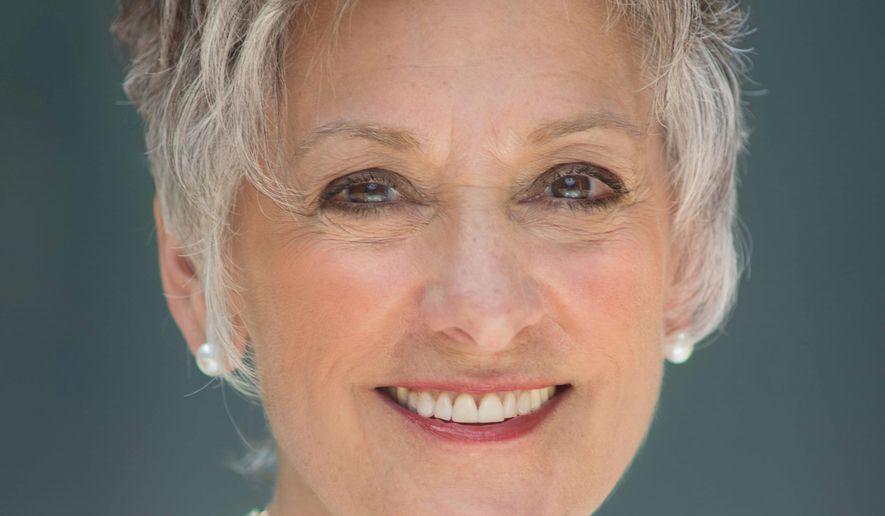Health care policy continues to be a serious debate for us, as individuals, families, employers, retirees, and as a nation. Cost, benefits, access, and who is responsible for these decisions is confusing for most Americans. This is particularly true for older adults who are aging into Medicare.
Today, over 40 million individuals rely on Medicare, and that number is projected to double in the next decade. Given that it is the federal government that is the largest payor, it is also a significant discussion for federal policymakers.
As a Member of Congress, I engaged in this debate and sought answers that would drive value over volume in financing health care. This meant a renewed focus on primary care as essential to a more integrated health delivery system, public accountability and incentives for quality of care. The goal was to improve health outcomes and contain the rate of growth in cost.
I am more than pleased to see that today, we are seeing a transformation in health care delivery, particularly for older adults, that is taking advantage of this policy shift. It is called Medicare Advantage. It is the private-public option in Medicare that offers managed care and has climbed to 20 million individuals — over a third of Medicare beneficiaries.
Imagine a Medicare that uses meaningful data to identify high need individuals and seeks them out for care, which provides smart benefits flexible enough to address social determinants and aligns strategic goals between payors, providers, and government to increase cost efficiencies and achieve better outcomes for the patient. That is what Medicare Advantage is doing, as plans and providers implement new ways to meet the needs of complex patients at a cost we can afford.
Here is an important indication of how far we have come in the last few years, taken from Better Medicare Alliance’s new “State of Medicare Advantage” report:
•Over the past five years, Medicare Advantage enrollment has grown by nearly 50 percent. They are choosing Medicare Advantage for its affordability, simplicity, additional benefits, and integrated system of care.
•In 2017, 99 percent of Medicare beneficiaries had access to Medicare Advantage plans, 84 percent had access to a plan with Part D benefits, and most choose these MA-PD plans. Forty-five percent of beneficiaries were in plans with $0 premium plans.
•Most Medicare Advantage plans include additional benefits, like vision, dental, wellness programs. Over 50 percent offer three or more of these extra benefits.
•The diversity of enrollees has grown in Medicare Advantage — outpacing diversity in Traditional Medicare. Over 20 percent of Medicare Advantage enrollees are minorities, compared with 17 percent in Traditional Medicare. Forty-six percent of Hispanic Medicare beneficiaries and over 35 percent of African-American enrollees choose Medicare Advantage. Nearly half of Medicare Advantage beneficiaries have annual incomes of less than $20,000.
And beneficiaries are highly satisfied. At Better Medicare Alliance, where I am now President and CEO, we interact with older adults who have chosen Medicare Advantage as their preferred option to manage their health care and achieve healthy lives. Some of our staunchest senior advocates are Medicare Advantage beneficiaries living with complex, multiple chronic conditions that would have been otherwise costly.
Pat, an Arizona beneficiary, lives with chronic obstructive pulmonary disease (COPD) and relies on the excellent preventive care and affordable over-the-counter medications she receives with her Medicare Advantage plan, which are critical to managing her disease. She is not alone. Evidence shows in many cases out-of-pocket costs are lower for beneficiaries in Medicare Advantage compared with those enrolled in Traditional Medicare. The Centers for Medicare & Medicaid Services reported that the average monthly premiums in Medicare Advantage have decreased to an average of $30/month.
Cost to government has also gone down. MedPAC in 2016 noted that Medicare Advantage is now essentially equivalent to Traditional Medicare. In addition, evidence shows the emphasis on primary care and care coordination, as well as innovations in care delivery — including home-based care, risk stratification to identify high need patients, wellness programs, and telemedicine — lead to improved outcomes, reduced costs, and cost savings.
A recent study found value-based contracting in Medicare Advantage generated costs savings and 32 percent lower risk of death. Another study showed emergency room visits were 25 percent lower and rates of annual preventive care were 25 percent higher in Medicare Advantage than in Traditional Medicare for some of the most vulnerable seniors. Plans and providers in Medicare Advantage are providing answers to the question of how best to achieve improved outcomes at lower cost for millions of Medicare beneficiaries. Fortunately, policymakers have not only noticed but supported stability and new flexibility to enable Medicare Advantage to innovate ways to meet the needs of older Americans.
Together, policymakers, beneficiaries, and those who care for them may just be creating the future that means healthier lives and lower costs for everyone.
To read more studies on Medicare Advantage, visit http://bettermedicarealliance.org/state-of-ma
• Allyson Y. Schwartz is President and Chief Executive Officer of the Better Medicare Alliance and is a former U.S. Representative from Pennsylvania.




Please read our comment policy before commenting.